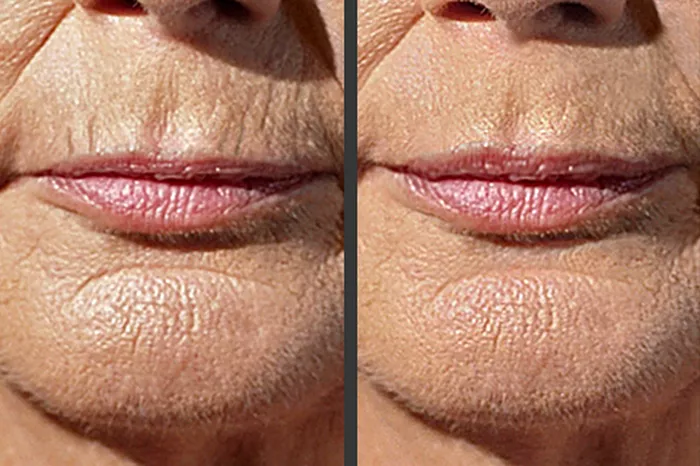Skull wrinkles, also known as skull depressions, are indentations or creases that can appear on the top of the head. While these wrinkles are typically harmless, they can be a cosmetic concern for some individuals. In this article, we will explore what causes skull wrinkles and what can be done to treat them.
What are Skull Wrinkles?
Skull wrinkles are indentations or creases that can appear on the scalp. They are typically caused by a loss of subcutaneous fat, which can occur as a result of aging, weight loss, or other factors.
While skull wrinkles are typically harmless, they can be a cosmetic concern for some individuals, particularly if they are large or noticeable.
What Causes Skull Wrinkles?
There are several factors that can contribute to the development of skull wrinkles. These include:
Aging: As we age, our skin loses elasticity and our subcutaneous fat layer thins, which can cause wrinkles and indentations to appear on the scalp.
Weight loss: Rapid weight loss can cause the subcutaneous fat layer to shrink, which can lead to the development of skull wrinkles.
Genetics: Some individuals may be more prone to developing skull wrinkles due to their genetics.
Sun exposure: Prolonged sun exposure can damage the skin and cause premature aging, which can contribute to the development of skull wrinkles.
Trauma: In some cases, skull wrinkles may be caused by trauma to the head, such as a blow to the head or a surgical procedure.
How are Skull Wrinkles Treated?
There are several treatment options available for individuals who are concerned about the appearance of skull wrinkles. These include:
Dermal fillers: Dermal fillers, such as hyaluronic acid or collagen, can be injected into the scalp to fill in the indentations and smooth out the skin.
Fat grafting: Fat can be harvested from another area of the body and injected into the scalp to fill in the indentations.
Scalp micropigmentation: This is a cosmetic tattooing procedure that involves the application of pigment to the scalp to create the appearance of hair and fill in the indentations.
Surgical procedures: In some cases, surgical procedures, such as scalp reduction or scalp lifting, may be recommended to treat severe cases of skull wrinkles.
Conclusion:
Skull wrinkles are a cosmetic concern for some individuals, but they are typically harmless. They are caused by a loss of subcutaneous fat, which can occur as a result of aging, weight loss, or other factors.
There are several treatment options available for individuals who are concerned about the appearance of skull wrinkles, including dermal fillers, fat grafting, scalp micropigmentation, and surgical procedures.
If you are concerned about the appearance of skull wrinkles, it is important to consult with a qualified healthcare professional to determine the best course of treatment for your individual needs.
FAQs
1. Why do I have wrinkles on my head?
Wrinkles on the head, also known as forehead wrinkles or scalp wrinkles, can develop due to various factors such as aging, sun exposure, repetitive facial expressions, genetics, and lifestyle habits like smoking or poor skincare. Over time, the skin on the scalp, like other areas of the body, may lose elasticity and collagen, leading to the formation of wrinkles and fine lines.
2. Does cutis verticis gyrata get worse?
Cutis verticis gyrata (CVG) is a rare skin condition characterized by thickening and folding of the scalp skin, resulting in a ridged or furrowed appearance. While the severity of CVG can vary among individuals, the condition generally tends to persist and may progress slowly over time. Without proper management, such as medical treatment or surgical intervention, CVG may continue to worsen.
3. What causes cutis verticis gyrata?
The exact cause of cutis verticis gyrata is not fully understood, but it is believed to be associated with factors such as genetic predisposition, hormonal imbalances, and underlying medical conditions such as acromegaly or neurofibromatosis. In some cases, trauma or inflammation of the scalp may also contribute to the development of CVG.
4. Why do men have lumpy heads?
The appearance of lumps or irregularities on the head, sometimes referred to as “lumpy heads,” can be attributed to various factors such as genetics, skull shape and structure, previous injuries or trauma, and underlying medical conditions. In some cases, benign growths or cysts may also develop on the scalp, contributing to the lumpy appearance. It’s essential to consult with a healthcare professional for proper evaluation and diagnosis if you notice any concerning changes or abnormalities on your scalp or head.


